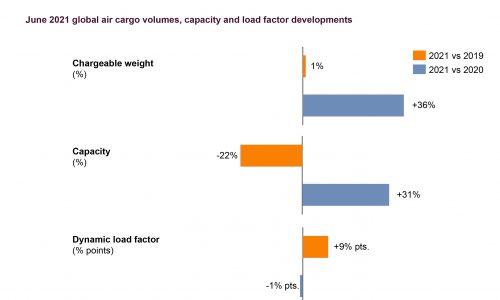Dnata has gone live with Hermes Logistics Technologies (HLT)’s Cargo Management System (CMS) Hermes 5 (H5) at six airports across Australia.
H5 is a scalable CMS offered as a cloud-based Software as a Service, which streamlines cargo ground handling processes in the warehouse, and can be used with Artificial Intelligence and machine learning algorithms to optimise business and handling processes.
dnata now has H5 as part of HLT’s New Generation (NG) suite of cargo management applications across its facilities in Melbourne, Sydney, Adelaide, Darwin, Perth, and Brisbane.
“H5 provides dnata with full performance control and removes infrastructure asset concerns,” said Yuval Baruch, Chief Executive Officer, HLT.

“All of dnata’s Cargo Management Systems at the six airports have been migrated into a single Hermes Digital Ecosystem, streamlining their services and unlocking opportunities for machine learning algorithms to provide insights on efficiencies, costs and new services as part of HLT’s NG Business Intelligence (BI).”
As well as BI, HLT’s NG applications include machine learning, track and trace, and self-serve capabilities.
dnata now has a full data lake infrastructure capturing all cargo vents alongside standard messaging such as SITA.
Extensive H5 generated events populate a massive data lake and can now be run through machine learning algorithms in the Hermes cloud to produce predictive models helping dnata to refine their cargo handling offering.
“dnata is proud to be the first cargo handler to drive digitalisation at Australian airports with the latest Hermes version 5 (H5) Cloud Cargo Management System,” said Terence Yong, Regional Cargo Development Director, Asia Pacific, dnata.
“The Hermes v5 technology will allow for improved oversight and service excellence, elevate data sharing with all our stakeholders in the air cargo eco-system, and provide enhanced transparency across the cargo handling process.”
Hermes NG’s modules can be used on a pay-as-you-go basis, and as a cloud-based system, no extra IT infrastructure is required to host them, allowing for maximum flexibility and savings on capital expenditure.

